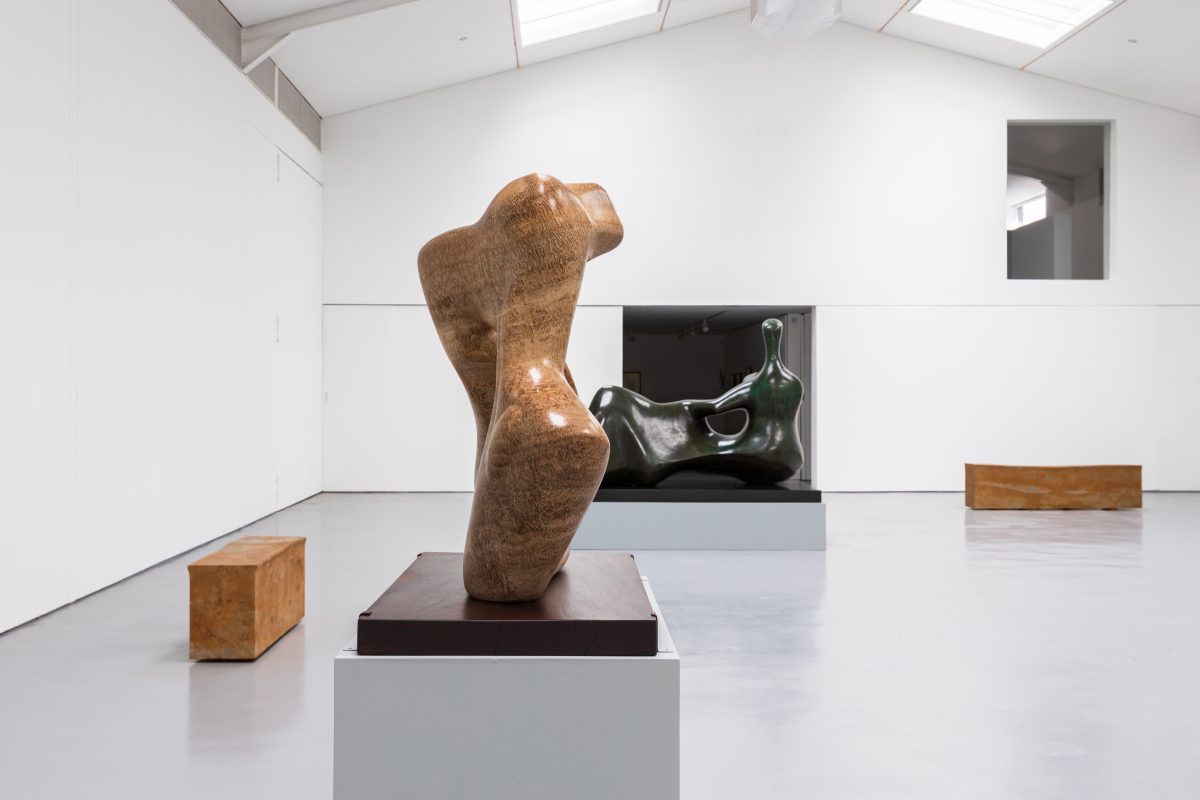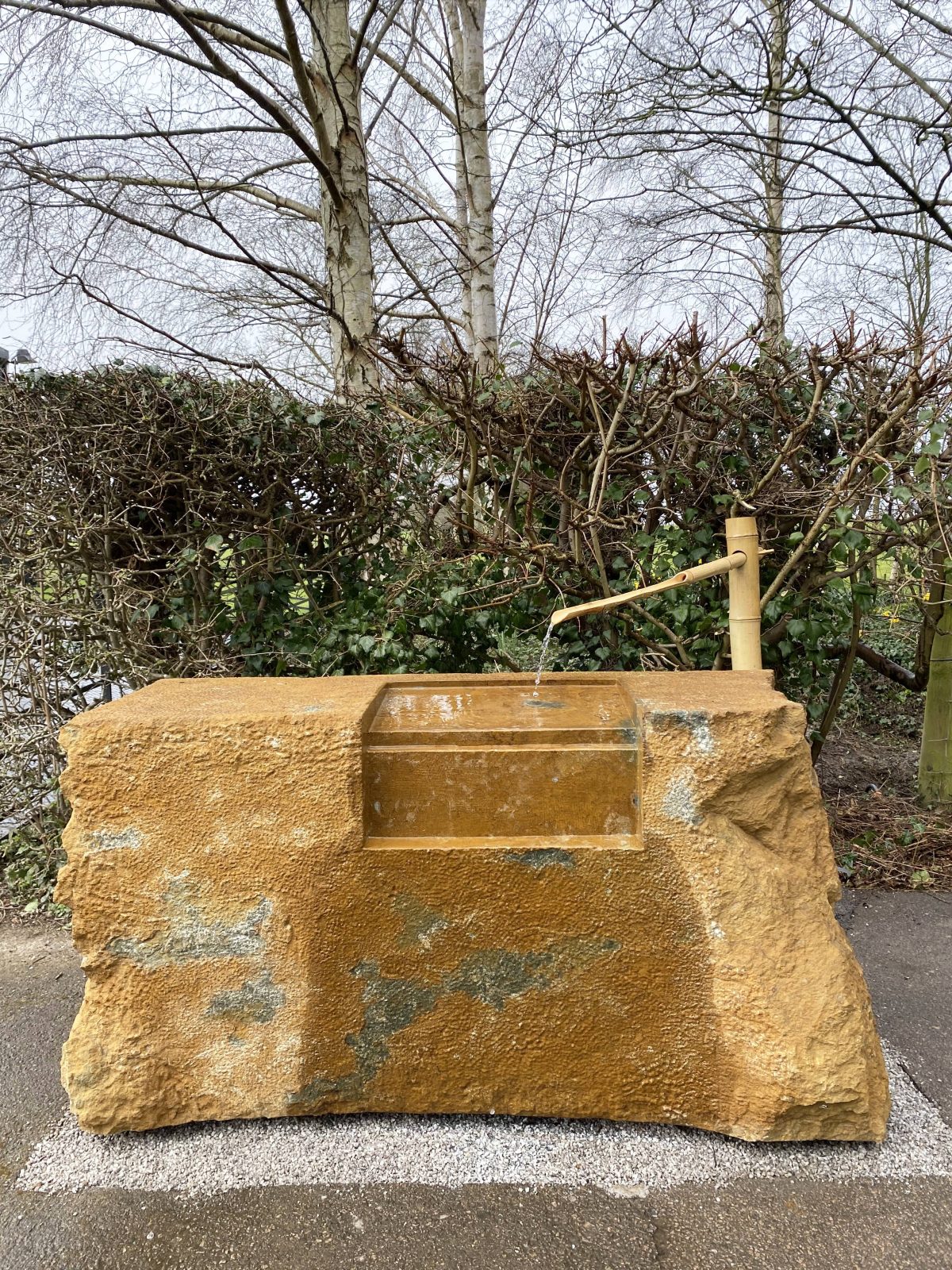
Typically, the last thing galleries and museums want to see you do is touch the artwork. And since the COVID-19 pandemic hit, that became even a bigger taboo. But at an upcoming exhibition at the Henry Moore Studios & Gardens in the suburbs of London, visitors will be allowed — and even encouraged — to feel the displays with their bare hands.
Curated by the artist and author Edmund de Waal, the exhibition This Living Hand will open on May 19 after more than a year of delays due to the United Kingdom’s recurrent COVID-19 lockdowns. The exhibition will explore the role of touch and the iconography of the hand in the works of Henry Moore, a famed British sculptor who emphatically believed in the importance of tactile experience in enjoying works of art, particularly sculptures.

“In the past year, our hands and our experience of touch have taken on a whole new meaning,” said de Waal in a press release for the exhibition.
“To be able to invite people to encounter Moore’s sculptures through touch is now even more extraordinary,” he continued. “In this exhibition, we see a life of reflection on how hands become sculptures. We are returned to what knowledge our own hands hold.”
The exhibition will feature a selection of sculptures by Moore, which visitors will be invited to caress with their hands, as well as a group of drawings and sculptural works charting Moore’s interest in hands as subject matter. Works on display will include bronzes like “King and Queen” (1952-53) and “Reclining Figure: Hand” (1979), in addition to studies that Moore had made of his own and others’ hands.

As COVID-19 safety remains a concern, de Waal has created a stone washbasin for visitors to cleanse their hands before entering the gallery. Carved into a rock, the “stone for two hands and water” takes as its form a Japanese tsukubai, traditionally located at the entrance of holy sites for visitors to purify themselves by the ritual of washing hands and mouth.
The exhibition will also include a series of sculptural benches, carved in Horton stone, made by de Waal for visitors to pause and reflect on what should definitely be a touching experience.

0 Commentaires